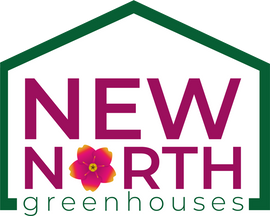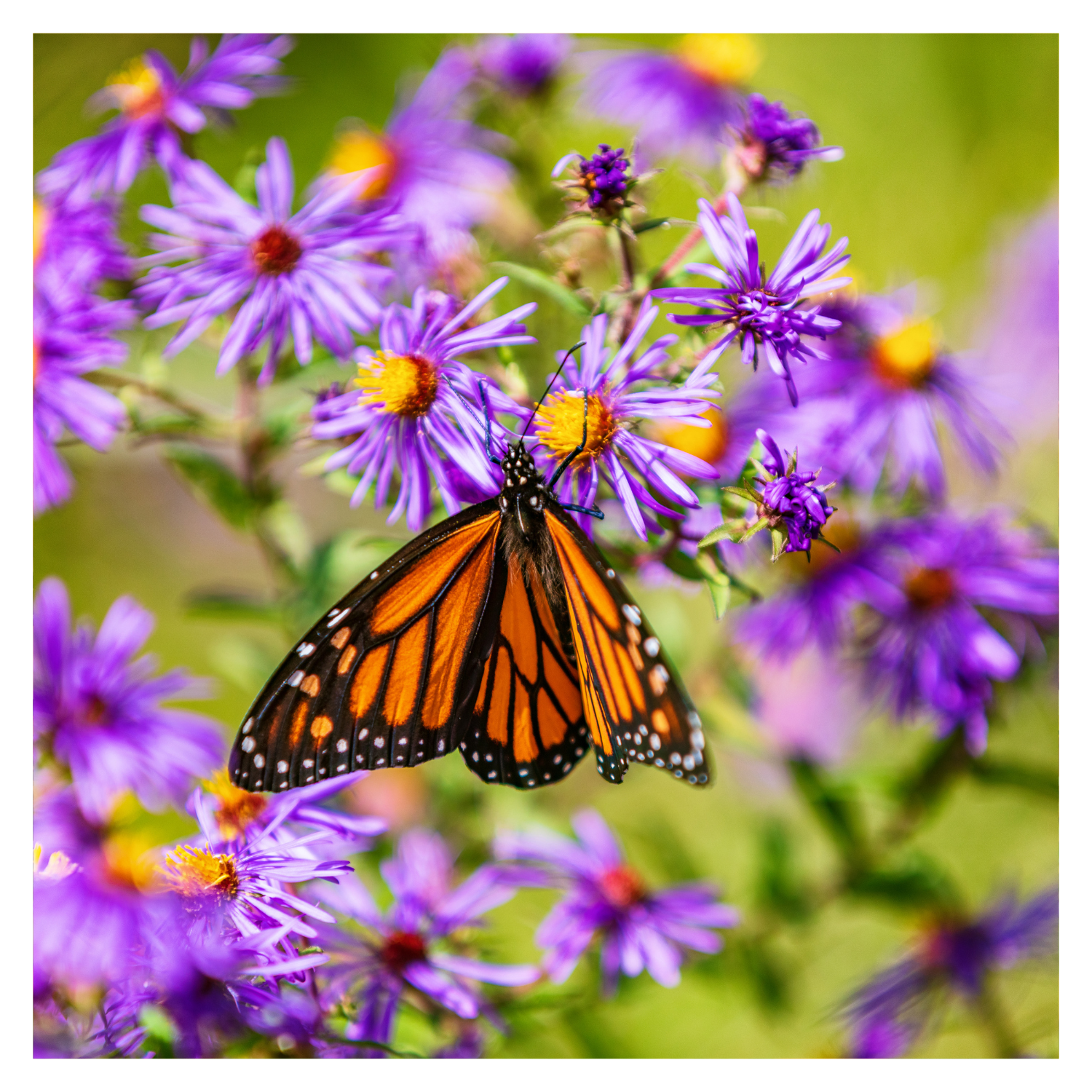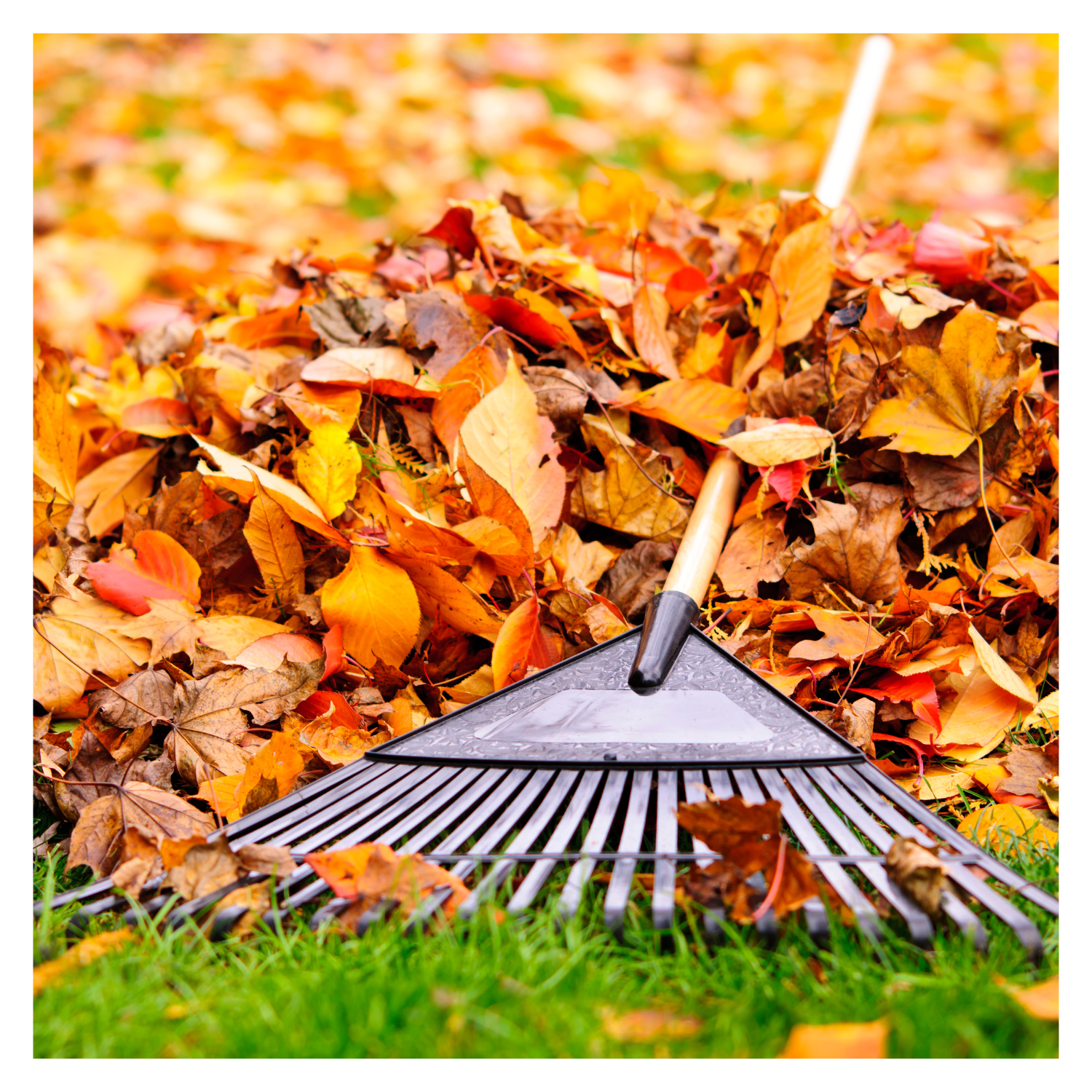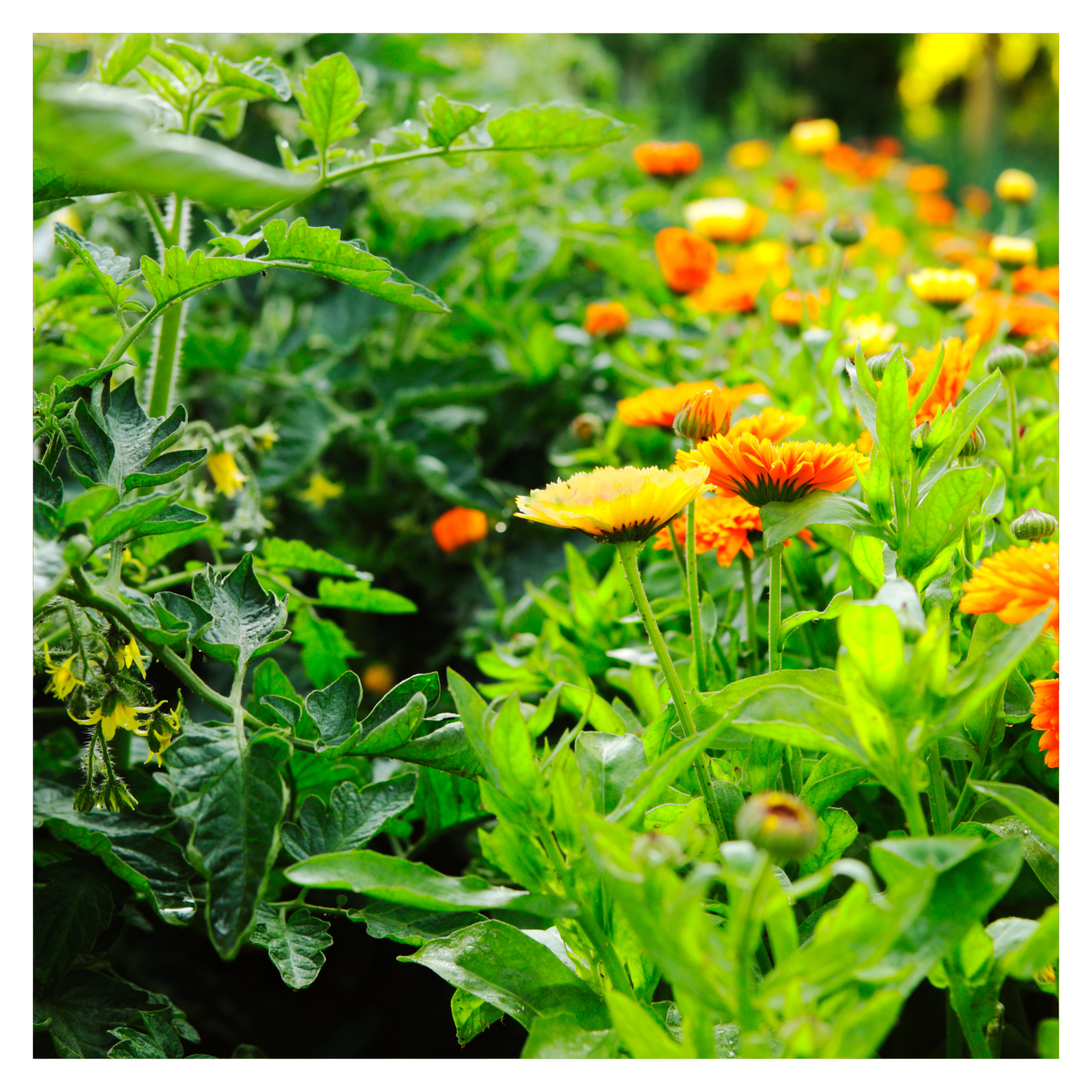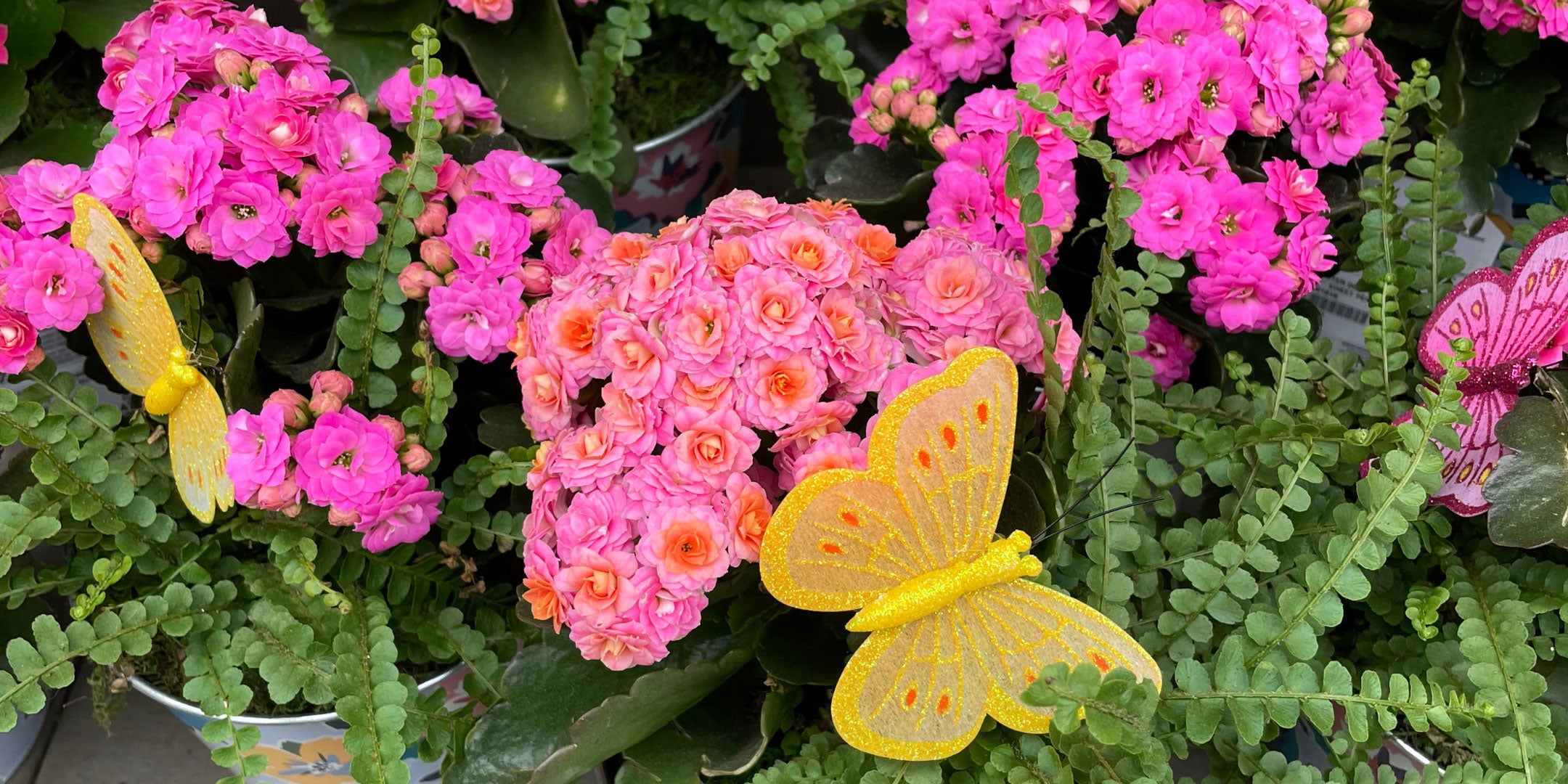Monarch butterflies, known for their striking orange and black wings, are not only a beautiful addition to any garden but also play a crucial role in pollination and maintaining ecological balance. If you’re looking to attract monarch butterflies to your garden in Northern Ontario’s Zone 4, planting the right mix of flora is key. Here’s a guide on how to create a butterfly-friendly garden that provides the perfect habitat for monarchs while avoiding any invasive species.
Essential Plants for Attracting Monarch Butterflies
1. Milkweed (Asclepias spp.)
Milkweed is the most critical plant for attracting monarch butterflies, as it is the only plant on which they lay their eggs. The caterpillars feed exclusively on milkweed leaves. Several milkweed species are suitable for Zone 4, including:
- Common Milkweed (Asclepias syriaca): This hardy plant thrives in various soil conditions and features large clusters of fragrant pink flowers.
- Swamp Milkweed (Asclepias incarnata): Ideal for moist areas, it produces beautiful pink blooms and is highly attractive to monarchs.
- Butterfly Weed (Asclepias tuberosa): Known for its vibrant orange flowers, this drought-tolerant plant is a favourite among many pollinators, including monarchs.
Milkweed, once considered an invasive species in Northern Ontario, has seen a shift in perception due to its crucial role in the lifecycle of monarch butterflies. Traditionally managed as a weed because of its aggressive growth, milkweed is now valued for its ecological benefits. The increasing awareness of the decline in monarch populations has highlighted the plant's importance, as it serves as the sole host for monarch caterpillars.
Read more here: https://www.ontariocanada.com/registry/view.do?postingId=15464
2. Asters (Aster spp.)
Asters are a late-season nectar source that is vital for monarchs during their migration. These perennials produce daisy-like flowers in various colours, such as purple, pink, and white, and thrive in Zone 4.
3. Lavender (Lavandula spp.)
Lavender not only adds a wonderful fragrance to your garden but also provides nectar for butterflies. It is a hardy perennial that can thrive in the right conditions in Zone 4. Ensure it is planted in well-drained soil and receives plenty of sunlight.
4. Coneflowers (Echinacea purpurea)
Coneflowers are robust perennials that produce large, showy flowers in shades of purple, pink, and white. They are an excellent source of nectar for monarchs and other pollinators and are well-suited to Zone 4 climates.
Designing Your Monarch Garden
1. Choose the Right Location
Monarchs prefer sunny spots, so choose a location in your garden that receives at least six hours of sunlight per day. Ensure the soil is well-drained, and consider enriching it with compost to improve fertility and structure.
2. Create a Diverse Planting Scheme
A diverse garden with a variety of flowering plants will attract more butterflies. Besides milkweed, asters, lavender, and coneflowers, consider including other native nectar plants such as:
- Black-Eyed Susan (Rudbeckia hirta)
- Joe-Pye Weed (Eutrochium purpureum)
- Goldenrod (Solidago spp.)
These plants provide nectar for adult butterflies, ensuring a steady food supply throughout the growing season.
3. Avoid Pesticides
Pesticides can harm butterflies at all stages of their lifecycle. Instead, encourage natural predators like ladybugs and spiders to keep pest populations in check. Hand-pick pests if necessary.
4. Provide Shelter and Water
Butterflies need shelter from wind and rain. Plant shrubs or install a butterfly house to provide safe resting places. A shallow water dish with stones for landing can serve as a drinking spot for butterflies.
Planting and Maintenance Tips
1. Maintaining Asters, Lavender, and Coneflowers
- Asters: Plant asters in well-drained soil and full sun to partial shade. Divide plants every few years to maintain vigour.
- Lavender: Plant lavender in well-drained soil with full sun exposure. Prune after flowering to maintain shape and encourage new growth.
- Coneflowers: Plant coneflowers in well-drained soil and full sun. Deadhead spent blooms to promote continuous flowering.
2. Seasonal Care
Clean up your garden in the fall by removing dead plant material, but leave some leaves and stems for overwintering insects. In spring, remove any remaining debris to give your plants a healthy start.
Conclusion
By planting asters, lavender, and coneflowers, along with other native nectar plants, you can create a beautiful and sustainable garden that attracts and supports monarch butterflies. Choosing plants that are hardy in Northern Ontario’s Zone 4 and avoiding those that might become invasive will ensure your garden is both ecologically responsible and a haven for monarchs. With the right care and attention, your garden will become a vibrant sanctuary for these magnificent butterflies, adding life and colour to your outdoor space while contributing to their conservation.
